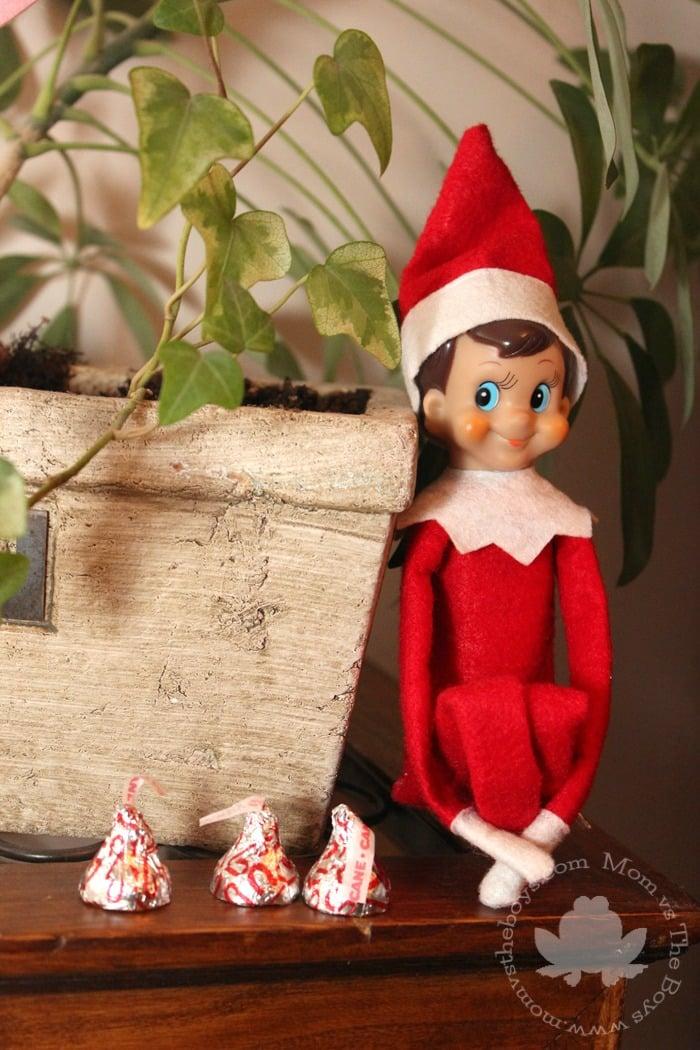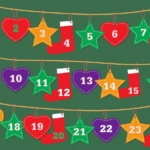Elf on the Shelf: Magical Tradition or Parental Headache?
As the holiday season approaches, homes across the globe begin to shimmer wiht lights, the air fills with the sweet scent of baked treats, and cherished traditions come to life once more. Among these festive rituals, one phenomenon has captured the creativity of children and parents alike: the whimsical figure known as the Elf on the Shelf. Sprinkled with dust from the North Pole, this mischievous little scout has been tasked with reporting back to Santa Claus, transforming daily routines into a magical game of hide-and-seek. but as families nestle into this enchanting tradition, questions arise—does the elf bring genuine joy and wonder, or does it inevitably lead to a flurry of stress and sleepless nights for parents? In this article, we will explore the charming allure of the Elf on the Shelf, weighing its delightful moments against the inevitable challenges it presents, to uncover whether it truly embodies a magical holiday tradition or becomes a source of parental headache. Join us as we delve into the pros and cons of this festive yet fickle companion.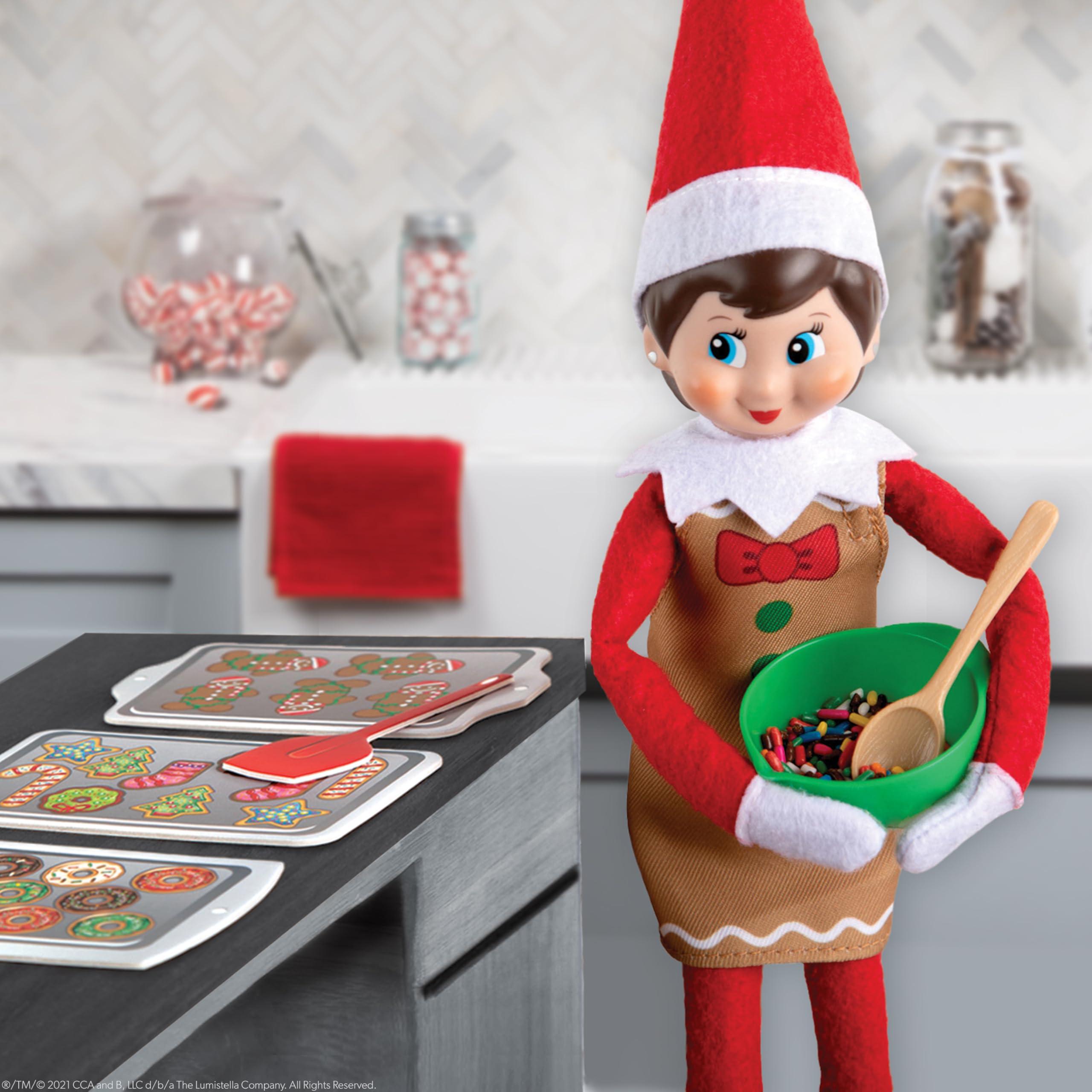
Exploring the Origins and Evolution of the Elf on the Shelf Tradition
The Elf on the Shelf tradition has its roots in a combination of folklore and modern marketing,intertwining to create a unique holiday phenomenon. Its story began in 2005 when Carol Aebersold and her daughter Chanda Bell published a book, accompanied by a plush elf doll. The premise is that the elf watches over children during the holiday season, reporting back to Santa Claus on their behavior.As this charming narrative spread, it soon became a popular Christmas tradition among families seeking to add a sprinkle of magic to their celebrations. This notion of a watchful little creature was not entirely new; various cultures have indeed embraced similar concepts, often involving mythical beings overseeing children’s actions during festive times.
Over the years, the tradition has evolved, increasingly integrating elaborate staging and creative scenarios into the daily routine leading up to Christmas.Parents frequently enough find themselves getting quite inventive, with the elf engaging in playful antics—sometimes getting a bit mischievous. This evolution has given rise to a few key components that define the modern-day Elf on the Shelf experience:
- Creative Staging: Parents are crafting scenes that range from comical to elaborate, keeping the holiday spirit alive.
- Social Media Influence: Families showcase their elf’s adventures on platforms like Instagram and Facebook,sparking a wave of creativity.
- Merchandising Growth: The tradition has expanded, including various elf-themed accessories, books, and even companions.
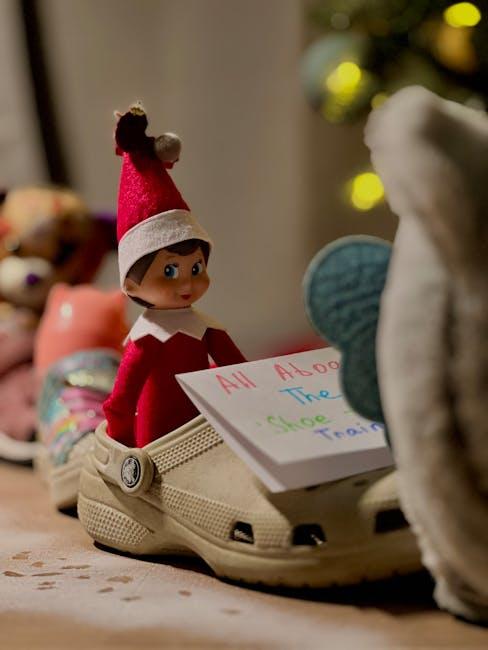
The Joys and Challenges of Incorporating the Elf into Holiday Celebrations
The incorporation of the Elf on the Shelf into holiday festivities can bring a delightful sense of magic for families. Each morning, children excitedly search for the elf’s new hiding spot, sparking creativity and joy. This whimsical tradition can strengthen family bonds as parents join in the fun by coming up with clever scenarios for the elf, encouraging imaginative play. Here are some of the joys parents experience:
- Enhanced Imagination: Kids engage in make-believe, envisioning their elf’s adventures.
- family Interaction: The tradition encourages delightful discussions and storytelling.
- Building Anticipation: Each day brings a new surprise, making the build-up to Christmas even more special.
However, with the magic of the Elf comes a unique set of challenges that can leave parents feeling overwhelmed. The constant need for creativity can turn the festive fun into a marathon of planning and execution, sometimes leading to stress.Parents may find themselves frantically trying to come up with new, inventive placements each night, which can feel like a daunting task amidst holiday preparations. Here are some challenges that can arise:
- Time-Consuming: The nightly tradition can add to the already busy holiday schedule.
- Pressure to Perform: parents may feel compelled to craft extravagant scenes to maintain excitement.
- consistency Trouble: Gaps in participation can disappoint children and disrupt the tradition’s flow.
Ultimately, while the Elf on the Shelf tradition can inject joy and excitement into the season, it’s essential for parents to find a balance that works for their family.
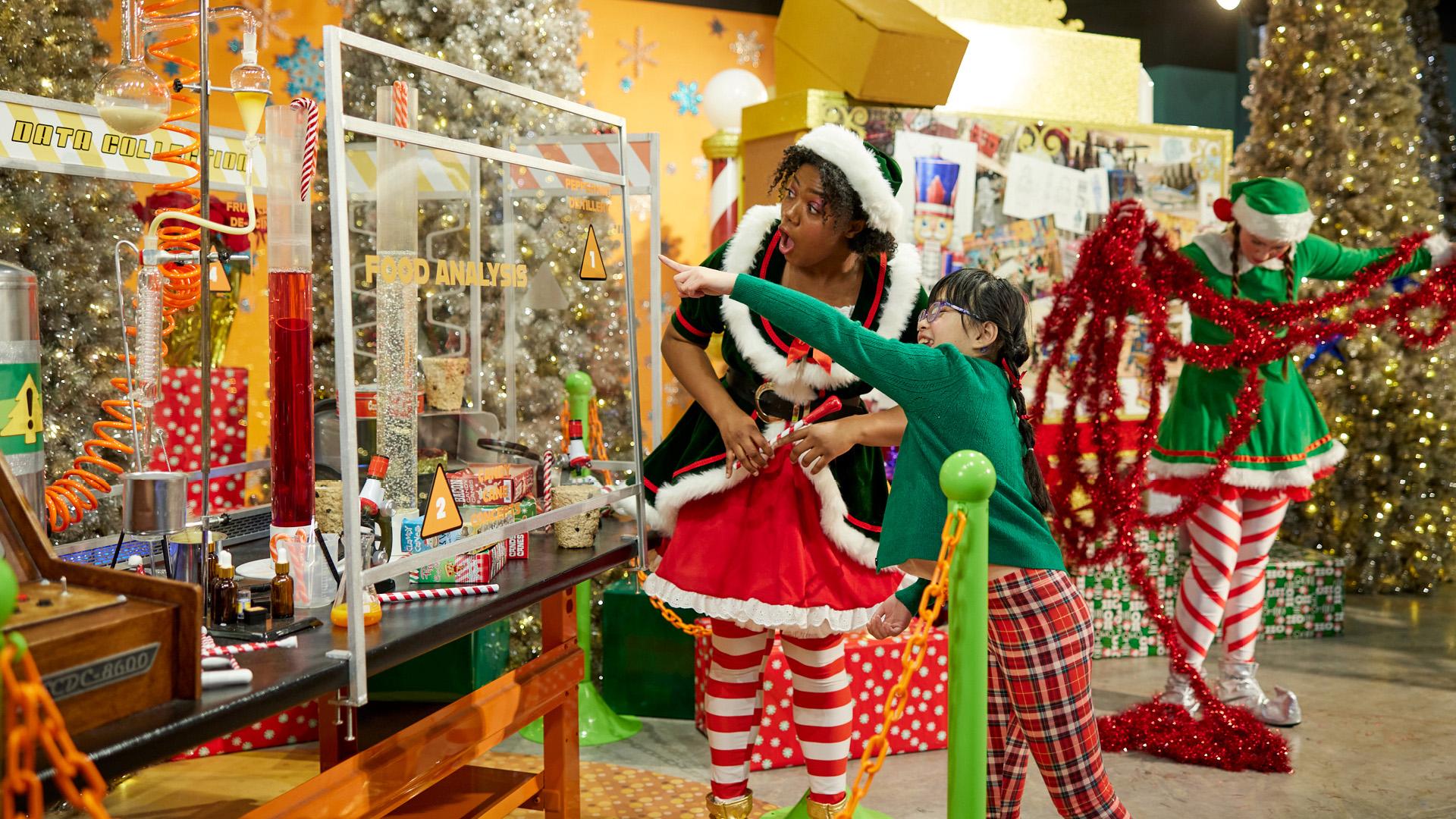
Creative Alternatives to the Traditional Elf Experience
For families looking to spice up their holiday traditions beyond the confines of the elf’s typical antics, there are several enchanting alternatives that can actually enhance the festive spirit. Consider incorporating a Christmas book advent where each day a new story is revealed. This not only fosters a love for reading but also creates cozy family moments each evening. Another option is a kindness countdown, where children can participate in daily acts of kindness, crackling with the joy of giving rather than just receiving. This approach pivots the focus from the elf’s mischief to meaningful gestures, reinforcing the spirit of the season.
Alternatively, you could delve into the realm of holiday crafts. Create a DIY ornament each day leading up to Christmas, turning your home into a gallery of family memories. These crafts can connect past traditions with new ones, each ornament telling a story. Or, if your family leans into technology, consider an interactive Christmas countdown app that offers daily challenges, games, or trivia about the holidays. This method keeps the kids engaged while still building anticipation for christmas without the hassle of moving the elf every night.
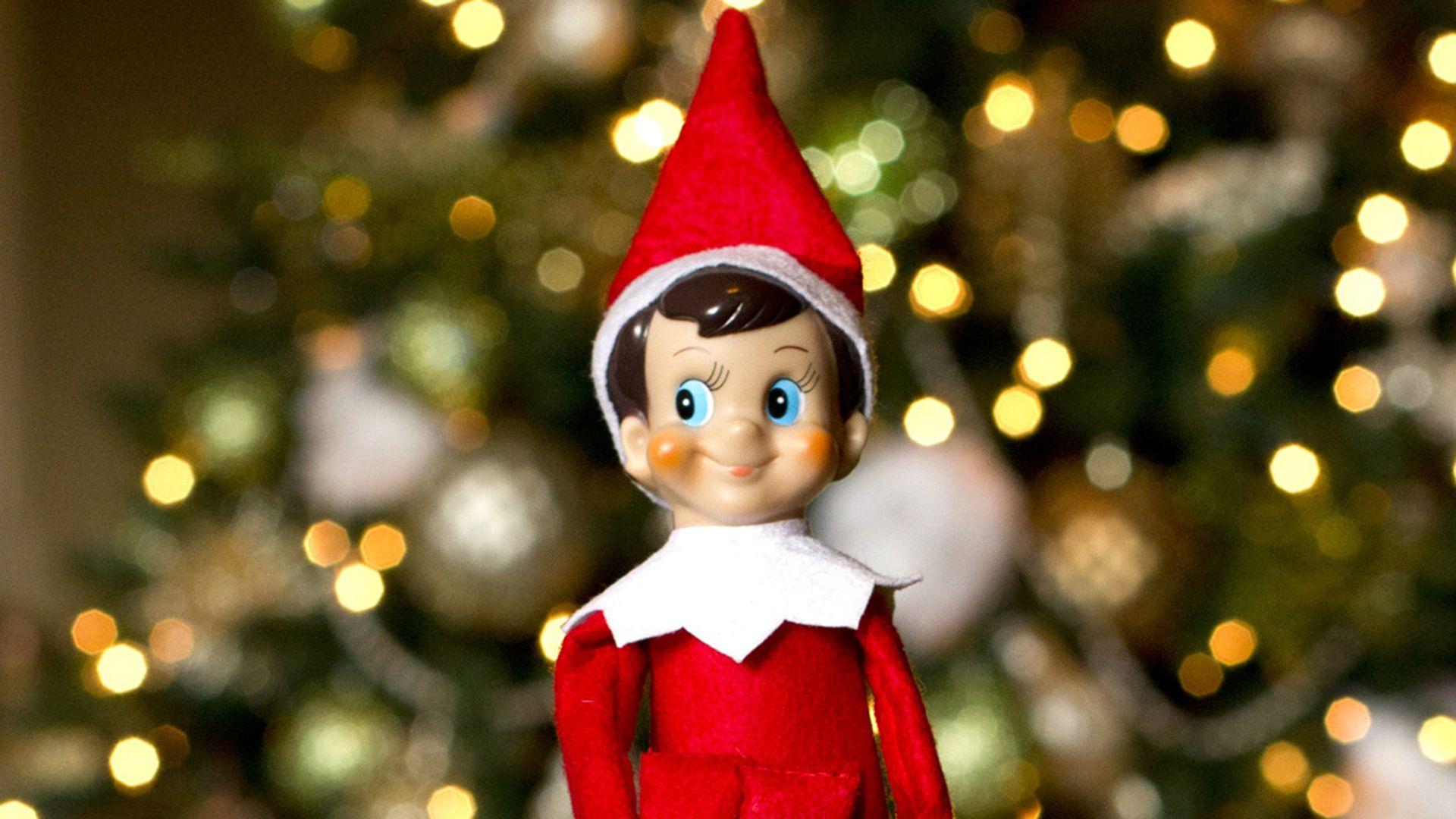
Tips for parents: Balancing Fun and Realistic Expectations with the Elf
When incorporating the Elf on the Shelf into your family tradition, it’s essential to strike a balance between whimsy and realism. Consider your children’s ages and understanding of the elf’s magical role. As excitement builds around elf antics, take a moment to reflect on your family’s dynamics. You can set expectations by having a conversation about the elf’s purpose, encouraging them to engage with the elf’s mischievousness, while also understanding that not every day will be filled with elaborate setups. This ensures that the tradition remains enjoyable without falling into the trap of excessive pressure.
To maintain a fun experience without overwhelming yourself or your family, try these tips:
- Plan ahead: Prepare a list of simple ideas for the elf’s daily appearances to minimize last-minute stress.
- Embrace simplicity: not every morning has to feature a stunning setup; sometimes a simple note from the elf will do.
- Involve your kids: Let your children help in brainstorming ideas for the elf, making it a collective family activity.
- Set realistic limits: Decide in advance how many days the elf will be active to manage expectations and enjoyment.
Wrapping Up
as we wrap up our exploration of the elf on the Shelf phenomenon, it’s clear that this holiday tradition walks a fine line between enchantment and exasperation. For some families, the nightly ritual of hiding the elf is a delightful game that adds a sprinkle of magic to the festive season, sparking creativity and excitement in the hearts of children. For others, it can become a source of stress and anxiety, with the pressure of daily hiding spots weighing heavily on already busy parents.
Ultimately,whether the Elf on the Shelf is a cherished holiday companion or a parental headache depends on how each family chooses to embrace—and adapt—the tradition.As you consider your own approach to this holiday icon, remember that the true spirit of the season lies in joy, connection, and the memories we make together. Whether you encounter the elf with glee or greet it with a sigh, may your festive season be filled with warmth, laughter, and cherished moments, no matter how you choose to celebrate.

